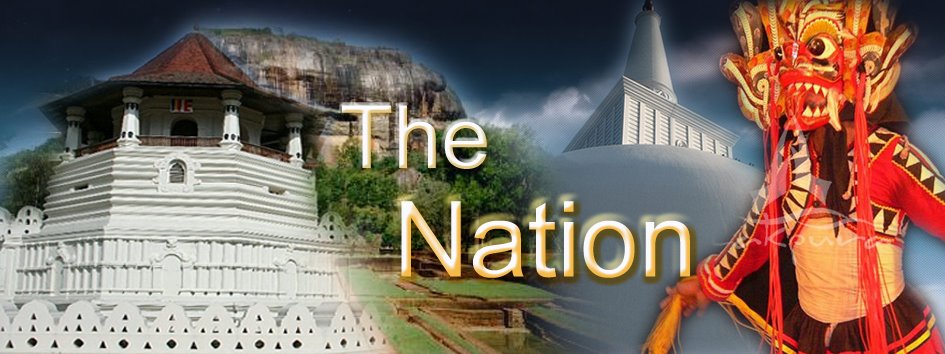Ruvanweliseya is opposite the museum. It was begun to house relics; priests from all over India were recorded as being present at the enshrinement of the relics in 140 BC. A huge dagaba, It is surrounded by the remains of lots of buildings. you can see the columns often no more than 500 cm in height dotted around in the grass underneath huge rain trees where monkeys play. The dome is 80m in diameter at its base and 53m high. A small passage leads to the relic chamber. At the cardinal points are four ' chapels' which were reconstructed in 1873, when renovation started. The restoration has flattened the shape of the dome, and some of the painting is of questionable style, but it remains a remarkably striking monument. Today, you may find watching the dagaba being "white washed"- an interesting spectacle. |  | |


